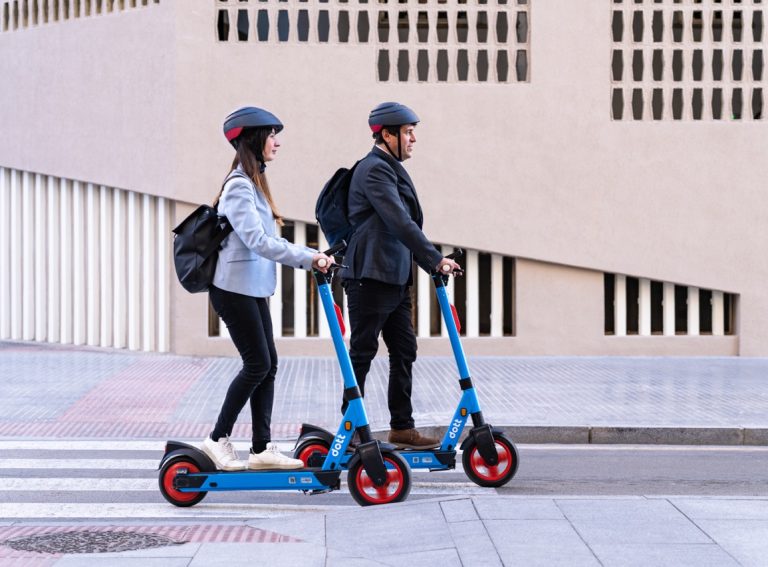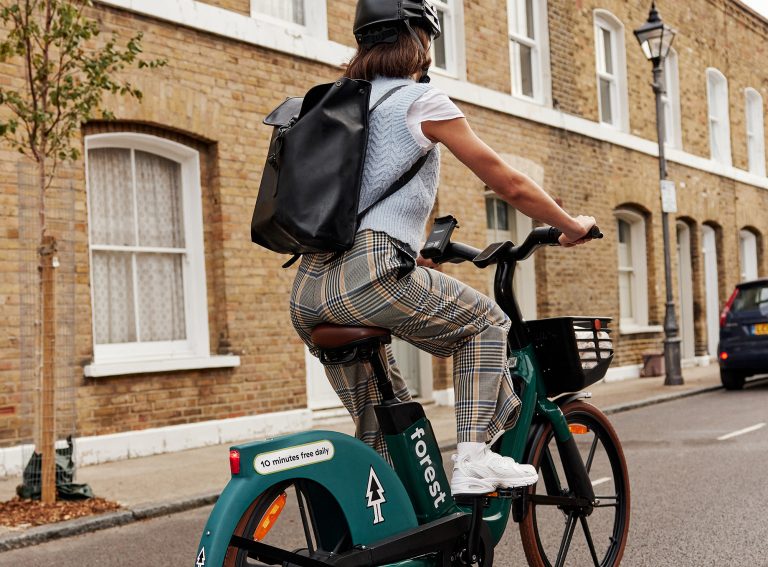Image Credit: Zoox, Inc.
The global robotaxi vehicle market value will be worth $174 billion in 2045, a new report from independent research company IDTechEx has predicted.
This is up from an estimated $400 million today – or a 37% compound annual growth rate (CAPG) from 2025.
According to the author of the report Dr James Jeffs, what will ground the popularity of robotaxis compared with traditional ride-hailing services will be the cost-savings they offer.
“Without a human driver on board, the cost to the user of a robotaxi will be substantially less than human-driven vehicles,” James Jeffs, IDTechEx’s Principal Technology Analyst, told Zag Daily. “This is already seen in Wuhan, where Baidu’s robotaxi program is undercutting human drivers enormously and generating great interest as a result.
“There will also be interest from private robotaxi owners. A long-term vision is for these vehicles to be purchasable for the general public, allowing them to generate passive income through their vehicle completing robotaxi rides while it’s not in use by the owners.”
The report states 2024 to be a “hockey stick” year for robotaxis, with multiple commercial driverless robotaxi services having emerged in the US and China over the past couple of years.
“In 2024, IDTechEx observed many cities coming online with more planned,” James said. “Additionally, the likes of Tesla, Waymo, and others are progressing towards a production robotaxi ready for public purchase. Once individuals can buy these vehicles, the fleet size will grow exponentially.
“The combination of spreading to more cities and rapid scaling of robotaxi fleets will propel robotaxi services from emerging to established, something that IDTechEx believes is starting in 2024.”
According to the report, key robotaxi players such as Waymo, Cruise, Zoox and Baidu’s Apollo Go have accumulated tens of millions of miles of real-world driving between them, and have more than 2,000 robotaxis out on the road gathering data.
Now that commercial driverless robotaxi services have been established, IDTechEx forecasts more providers and locations to emerge each year. For example, China’s Baidu has 500 robotaxis serving customers and is hoping to scale to 1000 by the end of this year, and US-based Waymo has already been confirmed for Austin and Atlanta.
When asked how safety concerns and public reluctance for new technology will impact the uptake of robotaxis, James said: “These factors will certainly play a part in the growth of the sector, but they are not insurmountable.
“IDTechEx’s research shows that the safety of robotaxis has been improving exponentially and they already perform similarly to humans. Waymo has also released data showing that its vehicles have fewer injury-causing collisions than human drivers.”




